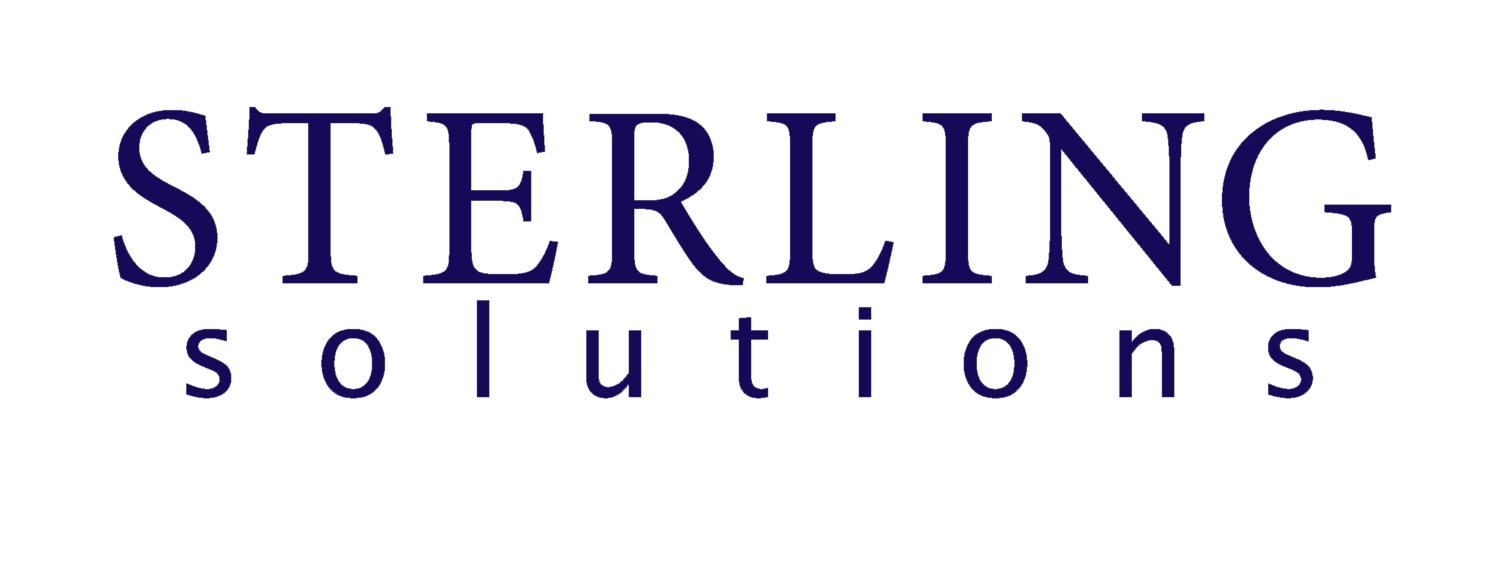
Portfolio Transformations
Multiple factors can affect your product and service portfolio — industry shifts, competitor advancements, internal inefficiencies, outdated technologies. We can help you transform from a caterpillar to a butterfly.
Technology Shift Affects X-ray Business
Challenge
This $30M business was under pressure from a technological industry shift from analog to digital x-ray technology. The business held a #1 market share position in the shrinking analog x-ray accessory categories and enjoyed high customer retention rates. It needed to accelerate its digital product development to stem the analog sales decline, find solutions to reach the new digital customer base, and maintain its high level of historic profitability.
Solution Plan
Market research led to a multi-year product roadmap for new digital products and services that required quick and consistent product introductions at a rate of 4 - 6 per year. Research also illustrated the need for relationships with the OEM digital x-ray equipment companies who were converting analog customers to the new digital technology. These relationships would provide knowledge of any future technology advancements and also opened a new channel to reach converting customers in real-time.
Results
The business revered the double-digit analog revenue decline to positive revenue growth through the development and successful launch of seven digital brands (over 40 new products), multiple patents, and a new clinical education training program to assist customers in their digital conversion. Strong relationships with all key OEM partners allowed the business to stay abreast of technology and digital product changes and opened a new revenue stream through the OEM channel. The highly profitable business grew operating margin by 500bp with single-digit top line growth and maintained market leader status in both the declining analog categories but also in the new digital world.
Declining Small Equipment Business Unit
Challenge
A $70M business unit of a $3.5B medical device corporation was declining in revenue 3 - 5% per year, decreasing in operating margin, and losing market share. Many factors led to the dire circumstances including a lack of oversight, no new product development in nearly a decade, out-of-date machinery and processes, and a diversion of resources to better performing business units. The business unit needed to improve its revenue, operating margin, and market position quickly or face a potential shut-down or sell-off.
Solution Plan
The solution plan included recommendations for new senior leadership, a 3 year product pipeline including in-house and outsourced designs, revamped customer service and technical support teams, a new sales support group, a dedicated field sales team, a calendar of lean manufacturing initiatives for gross margin improvement, the creation of a formal forecasting process, implementation of a voice-of-customer feedback loop, numerous other processes and procedures, and the setting of consistent and aligned performance objectives for all functions.
Results
At the end of the first year, revenue was up 4.9% and operating margin almost 10%. By year three, the business unit had retaken the number one market position in its largest product segment, launched seven new products, grew revenue consistently each year, dropped operating margin to the bottom line each year, and earned the top performer of eight US divisions.
Global Product Rationalization
for 8 Business Units
Challenge
Eight global business units manufactured and sold similar formulated products. No product rationalization strategy was in place to discontinue older, low-volume, or low-margin items. Additional brands had been launched over several decades in different markets. A portfolio review of over 100K SKUs was needed to consolidate hundreds of similar brands and streamline manufacturing.
Solution Plan
A solution plan began with a comprehensive review of the unit volume, revenue, gross margin, marketing expenses, and operating margin of all 100K SKUs by brand and by country. Supply chain and operational input including raw material purchases, production planning, labor costs, WIP and FG inventory, warehousing, and customer delivery costs was overlaid. This project required a 3 to 5 year implementation schedule to ensure minimal customer disruption.
Results
The 8 business units reviewed their data and set a discontinuation plan for those items or brands that didn’t meet the minimal annual manufacturing volumes, the overall gross margin requirement, or had multiple item substitutions. Several antiquated brands were identified to be transferred to newer formulations. The review was broken into phases due to the amount of work involved. An operating margin improvement was seen from moving the majority of customers of one brand to a comparable product and shutting down the manufacturing of the older, low-margin line.
